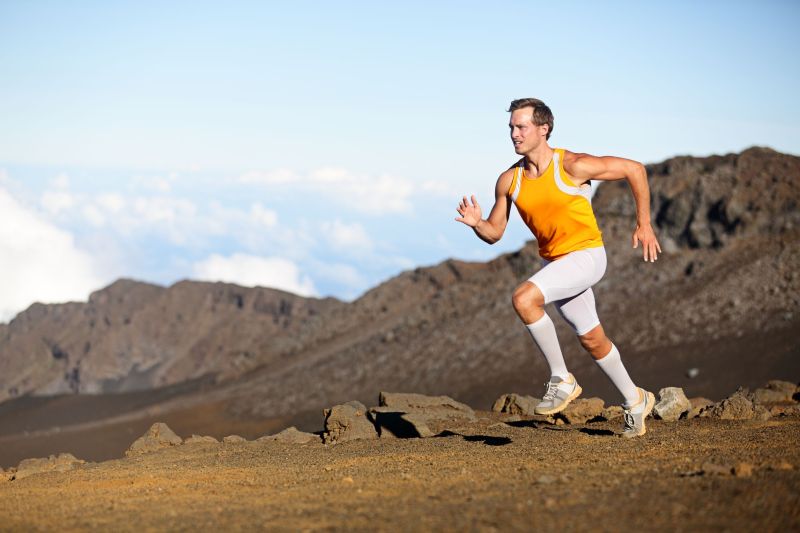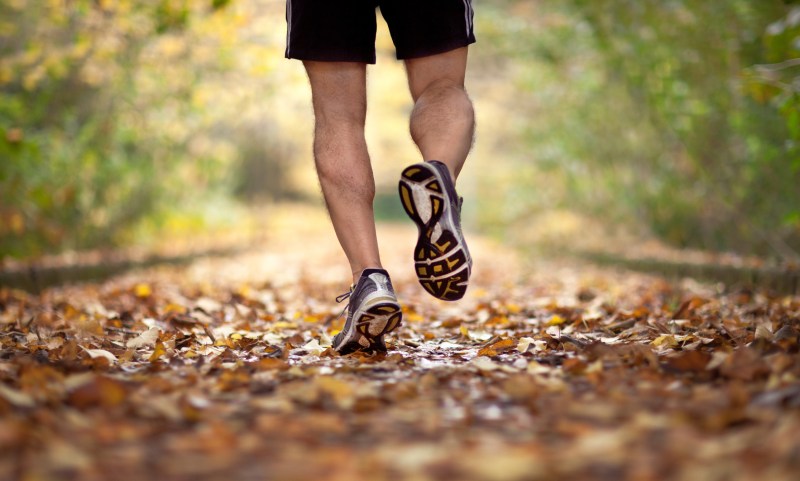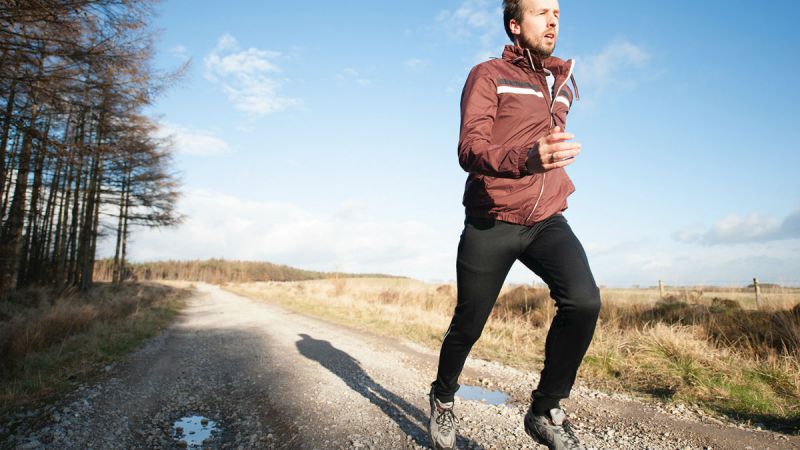March is here and for many of us, springtime is right around the corner. Itching to get outside? If you’re not, then your running shoes certainly are. They’re also anticipating unpredictable spring weather; cold mornings that turn into rainy mid-afternoons, which devolve into slushy evenings. Muscles are not necessarily utilized for running over winter (unless you’re a snowy madman). Fibers can be testy, tight, and not yet ready for pavement pounding. Your lungs, even if you exercise, also won’t necessarily be used to the particular stamina that the fresh air requires yet either.
As the air turns warmer, answering the call of the outdoors is important. It’s also essential not to dive right into that particular pond. Strenuous running can be a recipe for disaster and can end your running season before it even begins. In response, The Manual offers you would-be kings of the concrete steps and tips to ease you into spring running injury-free, developing healthy, fit bodies used to a consistent schedule as spring blossoms.

Related Guides
- Best Running Gear to Keep You Warm
- Best Running Workouts
- Science-Backed Running Benefits
- Best Fall Running Clothes
Get a Physical Tune-Up
Of all the blessings of modern training — high-performance apparel, hi-tech shoes, specific stretching equipment — one of the most underused might be a personal trainer or physical therapist.
Just like any other form of transport like your bike or your car, your body needs regular maintenance to keep it in smooth running shape. And just like any mechanic, a quality physical therapist is there to diagnose any injury issues that you might be having and suggest fixes.

If anything, physical therapy can be edifying. Those back problems you might be experiencing? These might be eased by stretching your hamstrings better. Tight shoulders might be assisted by yoga poses. There are plenty of opportunities to give your body a tune-up. Make sure that you take advantage before you begin revving your engine — lest you cause breakdowns down the road.
Ramp Up Gradually
Speaking of gunning engines, it can be an easy prospect to try and pick up where training left your body last fall. Your first run, in fact, will be even more tempting because you have yet to break your body down. Doing too much too quickly, however, ups the odds of injury.
In response, be very careful. Your limbs, your joints, and your muscles are likely not yet ready for long distances or doing 50 gassers on the pitch. What a bummer it would be to tear tissue and be benched before the season even got started.

The accepted adage about increasing mileage is that you should step up your total by no more than 10% each week. If you accumulate 10 miles run during your first week back, don’t run any more than 11 miles the next week. This is, of course, a general rule, so if you’ve suffered injuries in past or are still recovering, stick to jumping by only 5% (or less) week-to-week. The task may be tedious, but staying injury-free is worth a little annoyance.
Set Incremental Goals
Building off of this ramping-up concept, working towards an eventual goal can give you the motivation to keep going even on your most reluctant days. Whatever your purpose might be, it should be at once attainable and ambitious.
If you are a brand new runner, perhaps you’ll want to leave the marathon for next year and instead establish yourself by finishing a 5 or 10K. Heck, even just running 20 minutes without stopping is something that most people don’t do.

You also might want to break down this goal into fitness elements. Maybe you want to get faster for other sports or more tone after adding muscle this winter. Or, perhaps you’ve put on a few pounds over the holidays. Running can be a great way to leave that behind.
Whatever your goal, set a realistic timeline that keeps your body in tune. Even better, plan a reward for yourself upon accomplishing it — a good meal or some swaggy new training wear.
Gear Up

Running, like most sports, requires the proper gear. Namely, this means your sneakers. Make sure that you’ve got training shoes ready for the open road. Last year’s kicks may now have flat soles, broken down supports, or worse. If you’re in the market, choosing new shoes for the season can be one of the more fun parts of planning for spring running.
Are you a city runner? Make sure to get padded trainers built for thrumming across asphalt and man-made surfaces. Got dirt outside your door? Get those knobbed and light trail runners ready to go.
Pants, shorts, shirts, headbands, hats — these should all be part of your prep as well. If you make it fun and make it fly, you’re more likely to keep going. Research shows that your gear is like raising your flag — it influences behavior and attitudes because it carries a symbolic meaning. Snagging new threads can make you feel good and push you through the tough parts of building a new running habit.
Be Prepared for Weather Changes
In today’s easy to forget and easy to regret category, make sure part of your gear prep takes weather into account. It might be sunny and 60 degrees outside, but before you head out that door in shorts and a t-shirt, make sure you’ve got back up because spring can be a fickle beast.

A spring jacket and pants with removable or re-attachable legs is a start. Gloves and a breathable winter hat or wool cap can help to warm cold mornings. Rain often complicates things on the road, so including water resistance in these accessories is important.
How do you carry these essentials? There are all types of compact backpacks built for keeping things tight while you’re bounding down paths.




